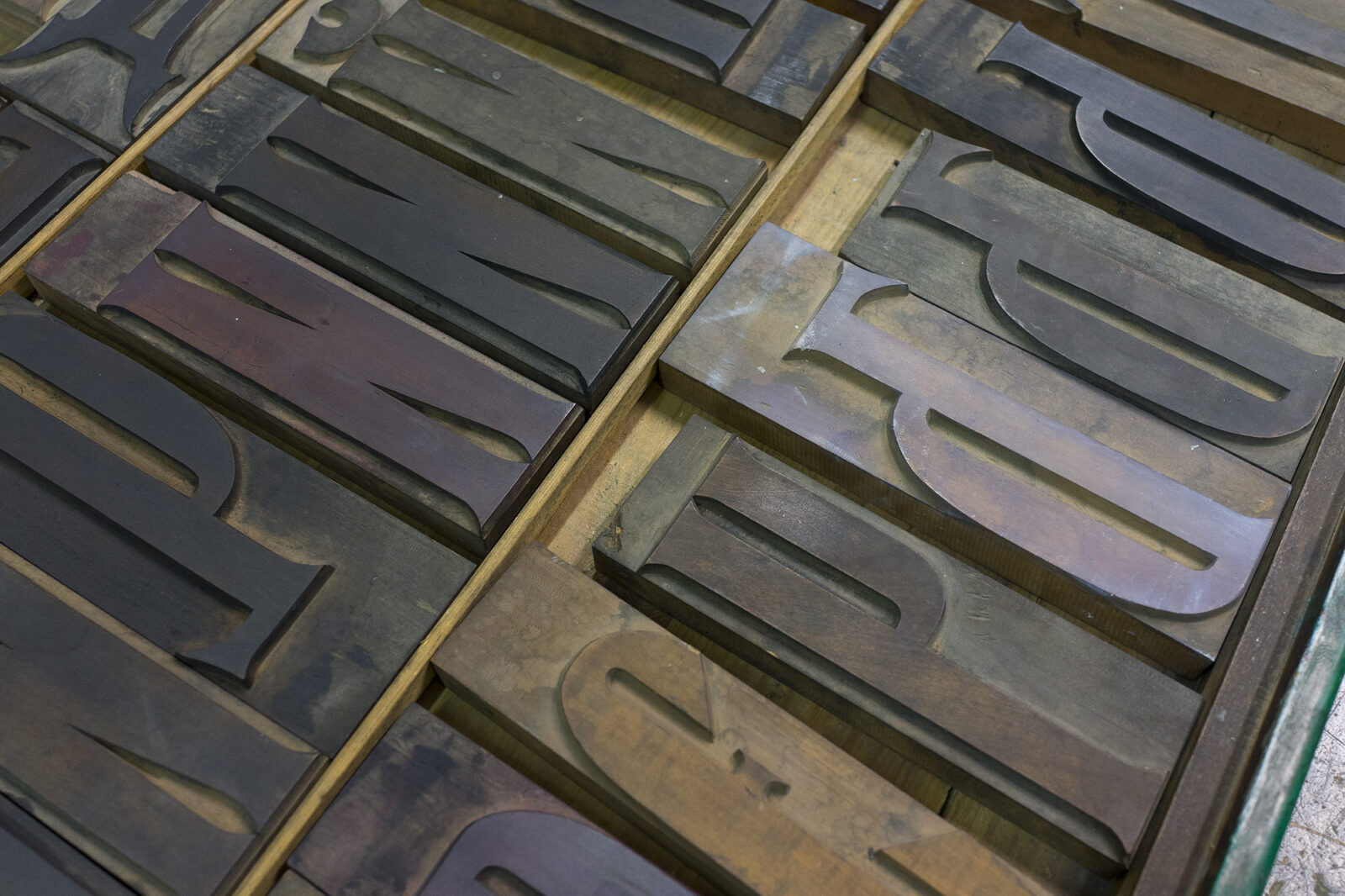“My residency at the Trükimuuseum was far too short: my collaborator—Daniel Mellis—and I both feel like we only started to scratch the surface of what is possible to do at the museum. And what an amazing place! I hope to be able to return soon.
Tartu is a beautiful place, not overblown or a tourist-choked Disneyland like Tallinn, but a lovely, highly livable city with a distinct university town vibe. Walking along the Emajõgi or around Toome hill filled me with a sense of urban balance, of a town comfortable in itself. My time in Tartu was very energizing: my work often consists of gathering materials and experiences, and synthesizing those elements into art work after I have ruminated on my experiences. Tartu itself now seems like a character in a novel to me—something like an eccentric loner genius with awkward manners—and I am already at work on several projects that directly spring from my experiences there. I am very grateful to have had the opportunity to live in Tartu, and I wish I had been able to stay much longer.
The most palpable impression I took away is the sense of material history embodied in the museum: the collection of type there is evidence of a history that is complex, fascinating, and hard to grasp. I felt as if I were walking on a beach, looking at strange seashells, driftwood, flotsam and jetsam, arbitrary survivors from a terrible and distant disaster, and then trying to imagine the history behind the objects. The Soviet invasion and occupation of Estonia are present for me in the poorly made Soviet period Cyrillic wood types, which are in stark contrast with the well-made pre-occupation Cyrillic wood types. It is unclear to me now whether these well-made Cyrillic types are evidence of a large, literate Russian émigré population in Estonia after the Bolshevik coup d’état in 1918, or survivors of the Tsarist period in Estonia, but either way, what amazing evidence! We examined a few typefaces that seem to have been hand-made in Estonia and, if that’s true, these typefaces are unique to the museum, and represent an important cultural legacy.
It is easy to forget now—living in an era where publication is no more complex than tapping a screen—that the materiality and technology of literature used to be complex and required large factories. At several points in the history of Estonia, control of press was a powerful mode of social control. Freedom of the press is far too easy to take for granted—social media creates the illusion that we are free to say what we like, though we all know that minds cool and unsympathetic are shaping our perceptions through algorithmic filtering. The Trükimuuseum stands as a powerful reminder that the authority of the printed word still has great currency and potential. History, after all, is written (and published) by the victors and freedom of the press belongs to the people who control presses. I am happy to say that the Trükimuuseum still controls some presses.”
– Clifton Meador (US)

